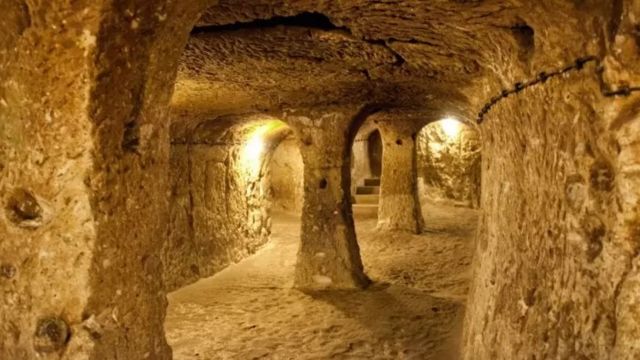Archaeology continually uncovers fascinating insights into ancient civilizations, shedding light on the lives, cultures, and advancements of our ancestors. Recent discoveries have provided new perspectives on well-known ancient societies and revealed previously unknown civilizations. Here are some notable findings:
The Lost City of Tenea
In Greece, archaeologists have discovered the long-lost city of Tenea. Believed to have been founded by Trojan prisoners of war after the Trojan War, Tenea flourished during the Roman era. Excavations have unearthed houses, pottery, coins, and tombs, providing a glimpse into the daily life and economic activities of its inhabitants.
The Mysterious Nazca Lines
The Nazca Lines in Peru have long baffled researchers. Recently, using drone technology, archaeologists have identified new geoglyphs, depicting various animals and human figures. These findings help to further understand the purpose and meaning behind these massive drawings, which were created by the Nazca culture between 500 BCE and 500 CE.
The Tomb of the Silver Pharaoh
In Egypt, the tomb of Pharaoh Psusennes I, also known as the Silver Pharaoh, has been re-examined. Unlike the well-known golden treasures of Tutankhamun, Psusennes I was buried with silver artifacts. Recent studies of his tomb have provided insights into the burial practices and craftsmanship of the 21st Dynasty.
The Enigmatic Indus Valley Civilization
Excavations at the Indus Valley Civilization sites in India and Pakistan continue to reveal more about this ancient society. Recent findings include a sophisticated drainage system, standardized weights and measures, and evidence of extensive trade networks. These discoveries highlight the complexity and advancement of one of the world’s earliest urban cultures.
The Ancient City of Pompeii
The ongoing excavations in Pompeii, Italy, continue to yield remarkable discoveries. Recently uncovered frescoes, mosaics, and artifacts provide a vivid picture of daily life in the city before it was buried by the eruption of Mount Vesuvius in 79 CE. These findings offer valuable insights into Roman art, culture, and urban planning.
The Terracotta Army
In China, new excavations near the tomb of Emperor Qin Shi Huang have revealed additional figures of the Terracotta Army. These soldiers, along with newly discovered acrobats, musicians, and animals, provide a deeper understanding of the beliefs and practices of the Qin Dynasty. The ongoing research sheds light on the extent of the emperor’s burial complex.
The Mayan Megalopolis
Advanced LiDAR technology has uncovered a vast network of ancient Mayan cities in Guatemala. This discovery has revealed interconnected urban centers, causeways, and agricultural terraces, indicating a highly organized and densely populated civilization. These findings challenge previous notions about the scale and sophistication of the Mayan society.
The Viking Settlement of Vinland
In North America, archaeologists have confirmed the location of a Viking settlement in Newfoundland, Canada, known as Vinland. Artifacts such as iron nails and turf walls suggest the Vikings established a presence in North America around 1000 CE. This discovery provides concrete evidence of pre-Columbian transatlantic contact.
The Forgotten Kingdom of Urartu
In Eastern Turkey, excavations of the ancient kingdom of Urartu have revealed impressive fortresses, inscriptions, and water management systems. These findings illustrate the engineering prowess and administrative capabilities of this Iron Age civilization, which rivaled Assyria in the first millennium BCE.
Conclusion
These recent archaeological discoveries offer a window into the rich tapestry of human history. Each finding not only enhances our understanding of ancient civilizations but also underscores the importance of preserving and studying our cultural heritage. As technology advances and new methods of exploration emerge, we can expect even more fascinating revelations about the ancient world.





